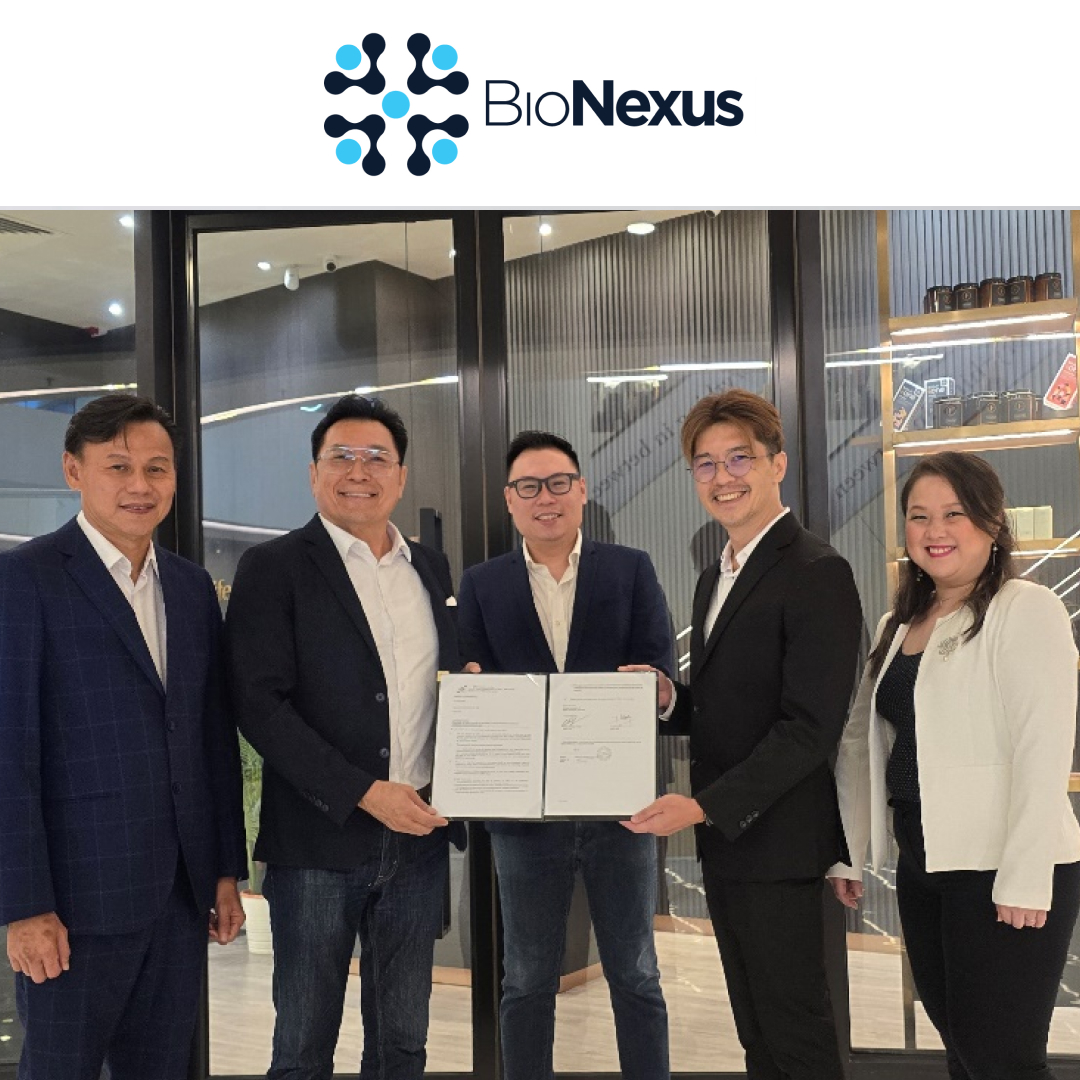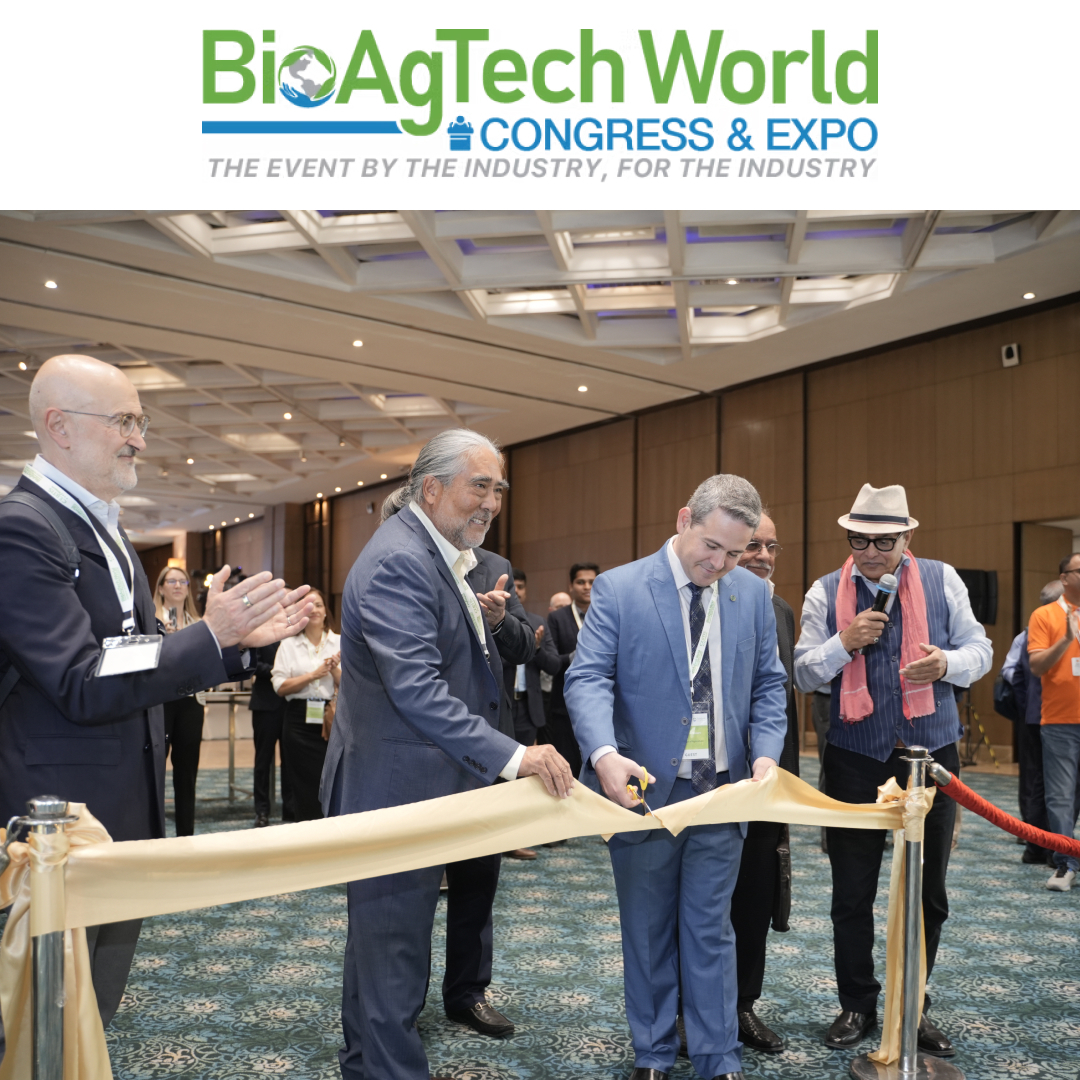
Plant biostimulants are a diverse category of substances that can improve crop productivity by enhancing natural processes within the plant or soil. They were initially defined more by what they were not (fertilizers or pesticides) rather than what they were or did. It’s widely recognized that plant biostimulants can improve nutrient uptake and fertilizer use efficiency and enhance tolerance to abiotic stress events such as drought, salinity, and chill events. As such, they are now recognized as an emerging tool for growers to meet the challenges of increasing productivity to feed the growing global population in a changing climate. They do this while optimizing resource use efficiency and sustainability, thereby reducing the environmental impact on the ecosystems and human health.
In the last twenty years progress has been made in defining the term plant biostimulants, with the EU, India, and China all recently adopting formal definitions of the term. From a Global standpoint, the International Organization for Standardization (ISO) Technical Committee 134 (Fertilizers, Soil Amendments, and Beneficial Substances) recently defined plant biostimulants as “a substance, microorganism, or mixture thereof, that, when applied to seeds, plants, the rhizosphere, soil, or other growth media, act to support a plant’s natural nutrition processes independently of the biostimulant’s nutrient content. The plant biostimulant thereby improves nutrient availability, uptake, or use efficiency,
tolerance to abiotic stress, and consequent growth, development, quality, or yield.”
Existing global agricultural regulatory frameworks often classified crop inputs as either fertilizers or pesticides/plant regulators. As the benefits of plant biostimulants lie somewhere between these two categories, there has been a need to reexamine agricultural regulatory frameworks to plant biostimulants so they are defined and have a route to market. The modernization of the European Union Fertilizer Products Regulation in 2019 was a landmark event for the recognition and regulation of plant biostimulants. Here we discuss the current regulatory environment for plant biostimulants in North America.
Canada
Canada has one of the most progressive regulatory frameworks for plant biostimulants. Fertilizer regulations in this country have long recognized agricultural inputs that did not meet the requirement of providing nutrients to crops, nor were they applied to directly deal with pests or disease pressures.
The category is named “Fertilizer Supplements” and is defined in the Fertilizer Act Guidelines as “any substance or mixture of substances, other than a fertilizer, that is manufactured, sold or represented for use in the improvement of the physical condition of soils or to aid plant growth or crop yields.” Many common soil amendments such as compost, peat, biochar and leonardite are regulated as supplements
but exempt from registration requirements. Other products such as algal extracts, organic acids, betaine, silicon products, microbial products like Bacillus and Rhizobium sp., amino acids, and protein hydrolysates require formal registration.
Interestingly, plant hormones such as indole butyric acid, kinetin, gibberellic acid, triacontanol, and jasmonic acid can also be regulated and registered as fertilizer supplements, depending on the use pattern of the formulation. Allowed claims under supplement registration would include products that “enhance root or vegetative development, break dormancy, induce early germination or sprouting, or condition soil”.
However, plant regulators subject to the authority of the Pest Control Products Act are those products that claim to limit plant development or modify physiological, morphological or reproductive processes other than those within the meaning of supplement. They would include products that “inhibit sprouting or germination, set fruit, enhance color or ripening, defoliate, or thin fruit”. As such, Canadian regulations are a good example of the principle of “multiple use” where a substance or formulation is regulated on its use pattern and label claims rather than only on its chemical composition.
For many years Canada had strict efficacy requirements for fertilizer supplements. A rigorous trial program requiring replicated field studies on multiple crops across the various climatic regions of Canada was required for registration. However, in 2014 CFIA began a regulatory modernization initiative that resulted in the elimination of efficacy requirements with the focus turning towards human and environmental safety. Supplements must meet strict safety requirements for microbial pathogens, heavy metals, dioxins, and other parameters based on the nature of the supplement material, but there is no explicit regulatory requirement for efficacy data.
United States of America
The regulatory pathway for plant biostimulants in the USA is currently more complicated than previously described for Canada. One of the primary reasons for regulatory confusion stems from certain definitions found in the Federal Insecticide, Fungicide, and Rodenticide Act (FIFRA), the Federal statute that governs the registration, distribution, sale, and use of pesticides and plant regulators in the United
States.
Under FIFRA regulations, which were originally drafted in the 1940’s, a plant regulator is defined in section 2(v) as “any substance or mixture of substances intended, through physiological action, for accelerating or retarding the rate of growth or rate of maturation, or for otherwise altering the behavior of plants or the produce thereof, but shall not include substances to the extent that they are intended as
plant nutrients, trace elements, nutritional chemicals, plant inoculants, and soil amendments.” This definition of a plant regulator is very scientifically broad; in fact, several prominent plant physiology experts have pointed out that any substance (including water) could be covered by this definition.
The authors of the definition seem to recognize this quandary and therefore qualified the definition by adding language where several categories of substances are excluded from regulation. They are: plant nutrients (macronutrients like N, P, K) trace elements (micronutrients like Cu. Fe, Mn, and Zn) plant inoculants (rhizobacteria, mycorrhizae, etc.), soil amendments (lime, peat, compost, etc.), and nutritional
chemicals (undefined). The regulation and registration of these substances is instead left to the states under their individual fertilizer laws and regulations.
Many plant biostimulants, such as seaweed extracts and humic substances have been used in the marketplace for a long time, in fact longer than the term “plant biostimulant” has been used. As there was no clear pathway for state registration (they were not a substantial source of macro or micronutrients, nor were they necessarily inoculants or soil amendments in the states where such a category existed), they were often registered as nutrient or organic matter sources, often not allowed to make claims of their true benefits to crops.
As the term plant biostimulant came to prominence in the last two decades, the U.S. biostimulant industry began to lobby for a formal definition of the term along with a clear path to market for these products. Initial efforts with State Fertilizer regulators via the Association of American Plant Food Control Officials (AAPFCO) were unsuccessful, as they felt existing definitions and regulations could adequately cover these substances, and there was worry that some of these products met the FIFRA criteria of a plant regulator.
Industry next turned their attention to the Environmental Protection Agency (EPA), asking for recognition that “nutritional chemicals”, an undefined exclusion from the FIFRA plant regulator category should be extended to plant biostimulants, based on the context of historical documents from when the original FIFRA language was drafted. The Agency said they would study the nutritional chemical issue and
instead offered to issue a guidance document on allowable claims for plant biostimulants.
Feeling like neither group was adequately addressing the issue of U.S. biostimulant regulation, Industry refocused their efforts on legislative reform, and were successful in having language of plant biostimulant regulation included in the 2018 Farm Bill, where the Secretary of Agriculture was charged with submitting a report to Congress detailing recommendations on how plant biostimulants should be defined, regulated, and labeled in the U.S.
That USDA report was delivered to Congress in late 2019 and offered an Industry supported definition for plant biostimulant as well as various options for regulation, ranging from “status quo” to the creation of a full Federal program to register and regulate these products. The preferred option identified was a USDA led effort with AAPFCO to create a Model Bill that would allow for States to enact common
legislation allowing for the registration of these substances alongside fertilizers.
Over the past four years, this initiative has made great progress. Industry members came together and formed the Biostimulant Industry Workgroup (BIW) to discuss plant biostimulants and their scientific evaluation. This effort culminated in the 2022 Journal of Regulatory Science publication “United States Biostimulant Industry Recommendations to Assess the Efficacy, Composition, and Safety of Plant
Biostimulant Products” to help industry and State/Federal officials in developing a US regulatory framework for plant biostimulants.
At the same time, AAPFCO leadership began evaluating incorporation of plant biostimulants into their overview and regulations. A biostimulant committee of State officials and Industry representatives was formed and the best course of action determined was to redefine the existing AAPFCO category of “beneficial substances” into a Model Bill to broadly encompass substances and compounds (other than
nutrients) that are beneficial to plants, soil, or growing media. This would include plant biostimulants as well as products such as soil amendments and plant inoculants.
This collaborative effort celebrated a significant milestone last month when the AAPFCO Control Officials unanimously approved the Beneficial Substances Uniform Bill at their winter meeting in Mobile AL. This Model Bill incorporates a formal definition of plant biostimulants and contains guidelines for a uniform label that would provide a clear path to market across all States. Industry efforts are already underway to lay the groundwork advocating for the bill’s adoption in state legislatures nationwide, with California
already expressing their desire to quickly transition their Fertilizer regulations from the existing “auxiliary plant and soil substances” category to the new “beneficial substances” category.
While this Uniform Model Bill paves the pathway for plant biostimulants to be registered and regulated as beneficial substances under State fertilizer regulations, there remains the question of how these substances are exempt from FIFRA regulation. To this end, Industry efforts have led to the introduction of the “Plant Biostimulant Act” in both the Senate (S.802) and House (H.R. 1472). These bipartisan bills
call for the EPA to amend FIFRA legislation to provide for a Federal definition of plant biostimulant and an exclusion from regulation under the Act similar to that afforded to plant nutrients, trace elements, plant inoculants and soil amendments. The industry continues to work with legislators to incorporate the Plant Biostimulant Act language into the next Farm Bill, currently being drafted by the Senate and
House Agriculture Committees.
U.S. regulatory clarity for plant biostimulants will encourage innovation as companies see a clear and defined path to market their new products. A uniform label will streamline regulation by providing clear and consistent information about product composition, recommended usage, and safety precautions.
This will ultimately encourage grower to increase use of these products by relying on consistent product information and quality across different brands and states.







Leave a Reply